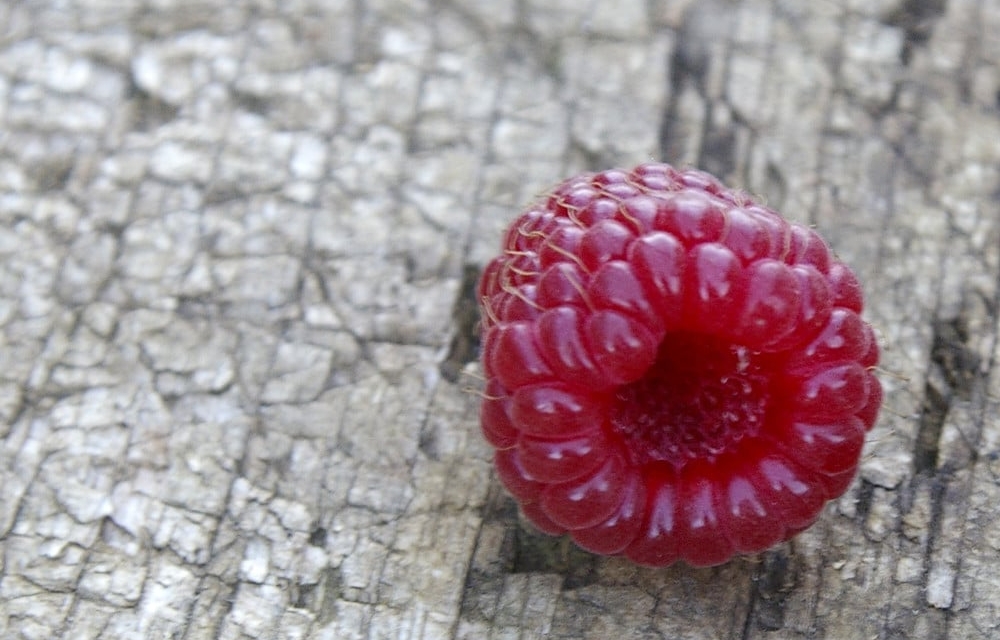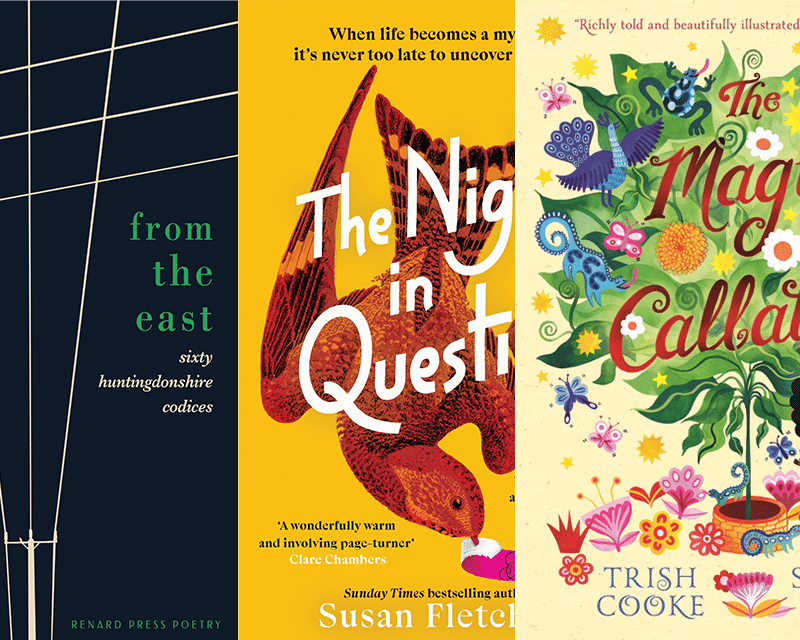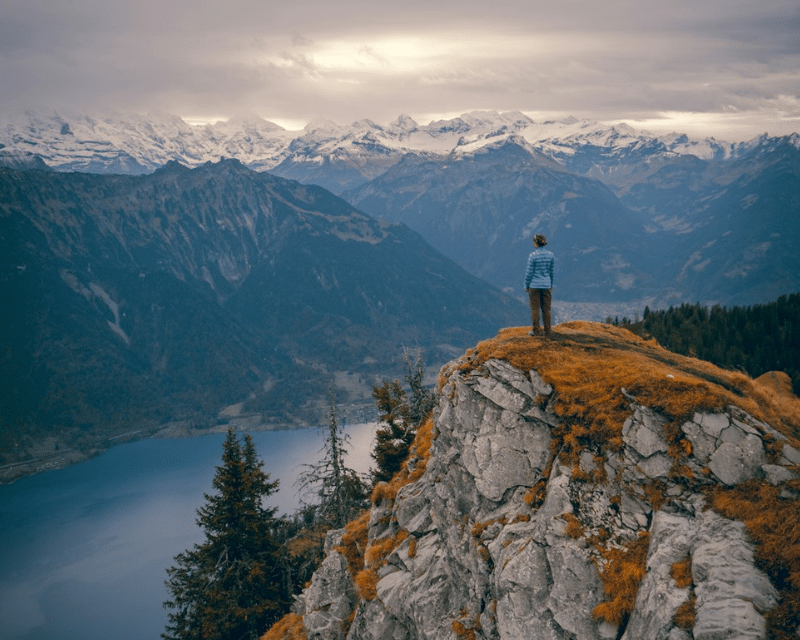- Collected
- Article
Raspberries On The Yangtze
Revisiting a childhood home

- 22 October, 2018
- Karen Wallace
I grew up in the backwoods of Quebec in an area called the Gatineau. I spent my childhood messing about on the river, climbing trees and occasionally, in a spirit of scientific enquiry, cutting open dead chipmunks to see what was inside. (The answer is guts and more guts. Extraordinary lengths of guts in fact.) This occurred during my eight-year-old phase of wanting to be a nurse. Later I switched to zoology and dreamed I was Gerald Durrell. I attempted to train bullfrogs, captured in a large bucket, to jump in sequence. This didn’t work. When I switched to snapping turtles, they escaped.
A few years later, I was sent to school in England, wound up reading English with an emphasis on Anglo-Saxon literature at university, worked at various odd jobs and eventually tried my hand at writing.
My first published books were natural history picture books. For me writing the texts was like writing a kind of poem. Unexpectedly, my Anglo-Saxon studies served me well. Poems I had studied like ‘The Wanderer’, ‘The Seafarer’ and ‘The Dream of the Rood’, stay in the head forever.
Then someone said, ‘Why don’t you write a novel?’ ‘Me?’ I replied. ‘No way. What have I got to write about?’
‘What you know about,’ was the obvious reply.
Well, I knew about my childhood in Quebec, so in my mind I went back to the log cabin in the Gatineau where I grew up in the late fifties and early sixties. I had a couple of photograph books and my memories of the time are sharp; but somehow it wasn’t enough. I didn’t how to begin. An autobiographical novel is not just about listing events that happened in a particular order. My job was to recreate a world and a story that was set in the past, which meant making up characters to act as catalysts for the real people.
I got nowhere. Clever types reminded me of Hemingway’s struggle with the white bull but that didn’t help.
There was only one thing to do. I flew back to Canada and set off with my brother David to drive from his home in Toronto to where we both grew up in Quebec.
Going back to a childhood idyll can be a dangerous business. The general advice is don’t do it. The idyll might have been bulldozed over. The first time I saw the cabin in the Gatineau, I was six. The giant logs it was built from were perfectly dovetailed at the corners. There was a red door in the middle and two dormer windows on the first floor. The house seemed to be smiling at me.
Would it still be there?
As David turned down the chalky track, neither of us spoke. We had already seen many changes. Highway 401 from Ottawa, with its steep hills and blind corners, had been straightened out. Mile Hill Bend, a hair-pin turn notorious for accidents in our time, was gone. As we drove further into the country there were new houses everywhere, delicatessens instead of food stores, bistros instead of hamburger bars. The car bumped over the potholes and suddenly the cabin was in front us. It looked exactly the same.
It was a moment of joy.
What to do? Where to start? The owner of the cabin wasn’t there so we could dodge the conversation on the doorstep. We used to live here. We were wondering if…
David parked the car and we decided to walk down to the river. It was a hot day in August, and that was where we would have been when we were children. Where we lived, the Gatineau river is almost half a mile wide, and every spring thousands of logs were floated down to the pulp mills at Hull on the Quebec/Ontario border. A few logs always found their way into the small inlet where we swam. Every spring, we chose one to last us for the summer. These logs became chariots, submarines, rockets or racing horses. At the end of each day, we pulled them up the bank and tethered them to a tree.
David and I set off, following paths that were overgrown and walking through clumps of trees that we didn’t remember. To get to the river, you have to cross over the railway tracks. It was the only goods trainline coming down from Maniwaki in Northern Quebec. As children, we used to stand as near to the tracks as we dared and scream our heads off as the endless string of carriages rattled past.
This time, we decided to walk a short distance down the tracks to see if the verse carved on a flat granite rock was still there. It was:
I know I’m no painting, no beauty by far. But my face I don’t mind it. For I am behind it. It’s the people in front get the jar. — Anon 1892
When I first read those lines I was six. I didn’t get it. What kind of jar? A jam jar? What kind of jam? Back then, there was a tunnel under the railway tracks and wild raspberries grew along the warm stone walls. Must be raspberry, I decided.
Sometimes David and I would set out for the day with a cardboard carton and a cheese sandwich to pick the raspberries. To get to the tunnel, you had to climb over an old iron fence which made a rusty squeaking noise if you jumped up and down on it. ‘Yang! Yang! Yang!’ It was one of our favourite adventures. If we wanted raspberries, we had to cross the Yangtze, the wildest, most exotic river in faraway China.
I understand now that it was enormously important that I made that trip with my brother. It helped set the scene I was hoping to recreate. David is two years older than me. I was nine in the summer in which I based my novel. I was impulsive and knew too much for my age or thought I did. David was wary and knew more than he let on.
There was always a sense of competition between us. Always was. Still is.
One of the aspects of my childhood in the Gatineau that struck me when I was older, specifically when I had children of my own, was the freedom we had. In these more careful times, some might call that freedom an unacceptable absence of supervision.
My mother collected stray dogs. Almost every time she took the garbage to the burning dump a few miles down the highway, she came back with a dog.
One day David and I set off hunting with Daisy, one of the eight dogs that became part of the family. The day was hot and sunny like every other day in the summer. It goes without saying that we did not have bottles of water and were not wearing hats. Very soon Daisy picked up a scent and raced off through the scrub. We came to open rough ground that was covered with boulders. Daisy disappeared down a hole. We lowered ourselves after her and after a short drop landed on sand. David had a flashlight, so right away we knew we were in a huge cave surrounded by smaller caves. David insisted we explore every corner so he could draw a detailed map later. He had plans for this cave. And by the way it was his, since he had seen Daisy go down the hole before I did. The next thing we heard was a terrible yowling that echoed in the darkness all around us. Daisy appeared with a snout full of porcupine quills.
Porcupines are aggressive when they are disturbed. We knew dogs that had been blinded. We had to get out. But how? There were no easy handholds up to the entrance. We stood on the sand looking up at the circle of light.
David had the answer. ‘I’ll stand on your shoulders and when I get out, you pass me Daisy and I’ll pull you up.’
I have to say writing this now makes my flesh crawl. We got out.
On way home, my brother announced that the cave was going to be called the ‘Rendezvous’. He turned to me with his superior look. ‘That’s French, Karen. Betcha don’t know what it means.’
That night David and I had dinner in Wakefield. In our day, Wakefield was a riverside village with a covered bridge and a cottage hospital. I had my tonsils out there. Now it is trendy, bohemian, full of bookshops and gift stores. Luckily for us there was a table left at a fancy-looking restaurant on the riverfront. We sat out on the verandah. An electrical storm was building up. Jagged bolts of lightning ripped through purple clouds and made silver stripes on the water. We drank champagne. The food was amazing.
Two days later, I flew back to England and began to write Raspberries on the Yangtze.
You might also like:
No facts, only versions
Memoirs are as much about what is excluded as what is included. This edition examines how you can evoke the…
RLF Fellows’ News: April 2024
Publishing News RLF Fellow Trish Cooke’s new children’s book, The Magic Callaloo, is set to be published by Walker Books…
Susan Fletcher on outsiders in fiction – literal and imagined
I’ve always known that I’ve preferred to be outside. To be an outsider – literally, and, specifically, amongst wild places…


